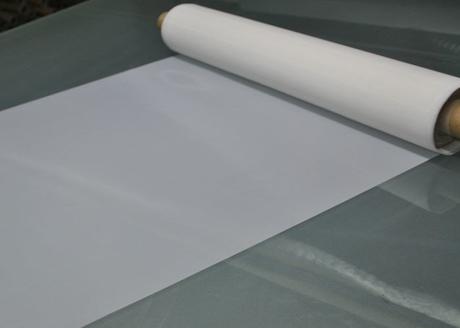
An older manner of excited about screen printing tee shirts or other garments is to make use of lower mesh counts to achieve higher coverage and coloration. While it is true that leaving extra ink on a fabric will are likely to make it more opaque, there are better, extra efficient methods of getting the identical or better results. You’ll have to abandon your desire to do simple spot color jobs on mesh counts like one hundred ten or decrease and undertake using newer mesh counts.
In order to make use of the newest monofilament polyester display fabrics to your advantage, you will have to understand a simple characteristic of screen printing mesh (http://qooh.me/). We will likely be specializing in how a fabric’s thread diameter affects the mesh geometry. That’s to say, we’ll have a look at how the thread diameter of the mesh will have an effect on the overall ink stream or increase the mesh opening for any given mesh rely. If you want a refresher on mesh dialog and nomenclature, please learn this text: Screen Printing Mesh: screen printing mesh Count Conversions, Nomenclatures & More. We’ll attempt not to get over technical here but there is a certain amount of tech speak needed in an effort to proceed.
Keeping that in mind, let’s check out two mesh counts for the purposes of illustrating the idea. If we have now a mesh depend of 110 which is made with a normal eighty micrometer thread, we all know the mesh opening is about 43% with a mesh tension of forty four N/cm, (Newtons per centimeter). 43% is the quantity to focus on right here as a result of this represents the proportion of open space of the mesh at a particular tension. The upper this quantity is, the better the ink move will likely be by way of the mesh. Now we also know that printing with a hundred and ten mesh has its own inherent qualities like loss of element or “saw tooth-ing”. And it additionally offers for a rougher ink floor when printing an below base. Now what if we might use the next mesh depend that had the same or higher mesh opening ratio?
Let’s now consider a mesh depend of 150, made with a 48 micron diameter thread and coustic mesh stretched at 28 N/cm. This display will have a mesh opening ratio of around 51%. If we have a look at the 2 percentages, you will see the one hundred ten has a 43% mesh opening and the 150 has a 51% mesh opening. So, despite the fact that the one hundred fifty mesh is the next thread count compared to the 110, it nonetheless has extra open space. This enables for higher ink saturation in the print area, bettering the opacity and the shade depth of the print. Although this mesh may have somewhat bit decrease theoretical ink volume, it will have higher ink flow traits and permit a reduction in squeegee strain too. This can produce a thinner, extra even and smooth ink deposit which creates a softer hand or feel to the print. Mesh like this is typically known as “thin mesh”.
One of these mesh can have great advantages for many reasons. Reducing squeegee strain can improve picture element. It may reduce stencil drag which in flip improves registration. Also, it is crucial to notice that ink opacity or coverage is affected by elements other than ink quantity such because the substrate and even the ink quality itself. In standard situations, a clean, even deposit of a lesser amount of ink will produce a more colorful and opaque print than applying thicker layers of ink.
Using a mesh just like the aforementioned 150/48 or possibly a 135/forty for a white underneath base is an excellent utilization of this sort of mesh. The below base will have the ability to render particulars needed for the design. It is going to produce a greater surface than could be produced by the 110/80 mesh. As you may already know, a smoother, thinner, more consistent under base is good for halftones. A thin mesh may also assist reduce clogging with water primarily based inks and again flooding.
Some advantages of “skinny mesh”:
– Better ink flow with much less effort
– Great protection with minimal ink quantity
– Creates a smoother, more consistent floor
– Requires less squeegee strain – Improves print high quality or detail
– Easier to attain stencil element
– Elimination of fabric interference in halftones
– Creates a softer hand print
You need to be capable to learn extra about some great benefits of skinny mesh out of your fabric vendor if they are a good, “state-of-the-art” screen printing source. With slightly research and some testing, you could be taking benefit mesh technology and enhance print quality while making manufacturing easier.
The post Screen Printing With Thin Mesh: Higher Mesh Counts & Lower Thread Diameters first appeared on skip to enonline.
